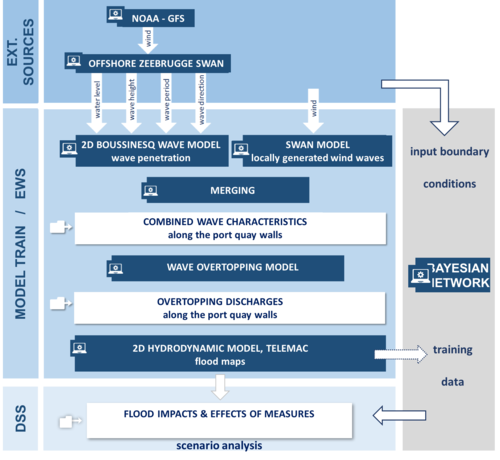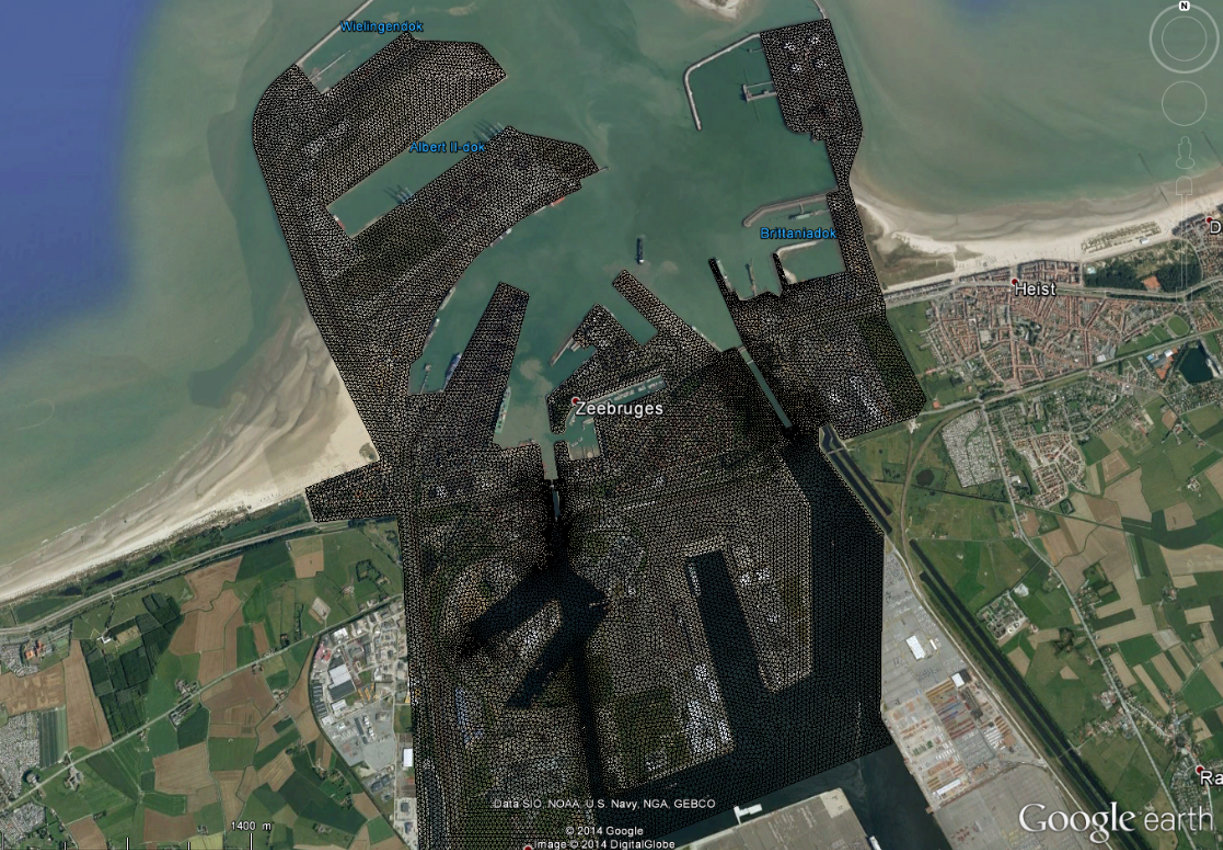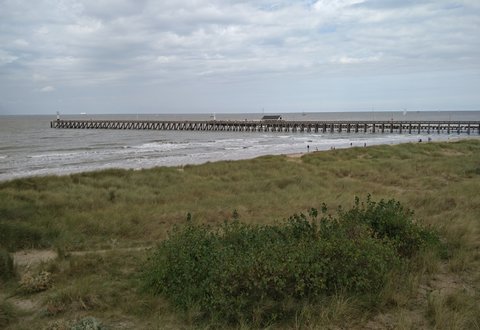
Risckit: Resilience-Increasing strategies for coasts
Risc-Kit is an EU FP7 research project, aiming to provide a response to an ever increasing erosion and flood risk faced by European coastal areas, taking into consideration both risk reduction and resilience increasing needs (www.risckit.eu). Within the project IMDC is developing a prototype early warning system for the outer harbour of Zeebrugge, aiming at forecasting the impact of storm surges and waves on the infrastructure within the harbour.
Context
Recent and historic low-frequency, high-impact events (Xynthia, Ligurian Flash Floods, 1953 North Sea storm surge) have demonstrated the flood risks faced by exposed coastal areas in Europe. Future risks may be expected to increase due to a changing climate and increased population density and economic value in coastal areas. This projected increase in risk along coasts requires a re-evaluation of coastal disaster risk reduction strategies and a new mix of prevention, mitigation and preparedness measures. Additionally, strategies to help affected communities recover and restore their functions after a flooding event will help increase resilience.
Project description
Resilience Increasing Strategies for Coasts – toolKIT is a European FP7 research project, aiming to provide a response to an ever increasing erosion and flood risk faced by European coastal areas. The main objective of the RISC-KIT-project is to develop methods, tools and management approaches to reduce risk and increase resilience to low-frequency, high-impact hydro-meteorological events in the coastal zone. Specific objectives are:
- Review and analysis of current-practice coastal risk management plans and lessons-learned of historical large-scale events (WP1).
- Collection of local socio-economic and physical data at 11 case study sites through end-user and stakeholder consultation (WP1).
- Development of a regional-scale coastal risk assessment framework (CRAF) to assess present and future risk due to multi-hazards (WP2).
- Development of an impact-oriented Early Warning and Decision Support System (EWS/DSS) for hot spot areas, consisting of a hazard forecast system using coupled hydro-meteo and morphological models, and a Bayesian Decision Support System, which integrates hazards and socio-economic, cultural and environmental consequences (WP3)
- Development of potential DRR measures and the design of ecosystem-based and cost-effective DRR-plans in close cooperation with end-users at the case study sites (WP4).
- Application of CRAF and EWS/DSS tools at the case study sites to test the DRR plans for a combination of climate-related hazard and economic scenarios (WP5).
- Development of a web-based management guide for developing integrated DRR plans along Europe’s coasts and beyond and provide a synthesis of lessons learned in the form of policy guidance and recommendations at the national and EU level (WP6).

Within this project, IMDC developed a prototype early warning system and tested a Bayesian decision support system for the harbour of Zeebrugge, aiming to forecast the impact of storm surges and waves on the infrastructure within the harbour and to assess the flood risk. A full description of this Early Warning System for Coastal Flooding for the port of Zeebrugge can be found in the paper published in Coastal Engineering: “An impact-oriented Early Warning and Bayesian-based Decision Support System for flood risks in Zeebrugge harbour”: https://doi.org/10.1016/j.coastaleng.2017.10.006
Supplied services
RISC-KIT delivered ready-to-use methods, tools and management approaches to reduce risk and increase resilience to low-frequency, high-impact hydro-meteorological events. The open-source and free-ware RISC-KIT tool kit consists of:
- A Coastal Risk Assessment Framework (CRAF) which can quickly assess present and future hot spot areas of coastal risk at a region scale due to multi-hazards.
- A quantitative, high-resolution EWS/DSS for use on these hot spots.
- A web-based management guide offering innovative, cost-effective, ecosystem-based DRR measures.
- A Coastal Risk Database of present and historic socio-economic and physical data. These tools will enable Europe’s coastal managers, decision-makers and stakeholders to:
- Identify hot spot areas.
- Produce timely forecasts and early warnings.
- Evaluate the effect of climate-related, socio-economic and cultural changes on coastal risk.
- Choose the best prevention, mitigation and preparedness measures for their coast. Lorem Ipsum is simply dummy text of the printing and typesetting industry. Lorem Ipsum has been the industry's standard dummy text ever since the 1500s, when an unknown printer took a galley of type and scrambled it to make a type specimen book.

Client
- Client: Deltares
- Start: 2013
- Completion: 2017


